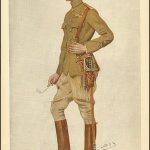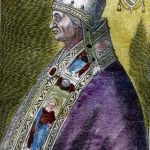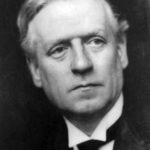In our last post (No. 300) we took a brief look at the Finnish-Russian War of 1939/40. This war was incalculably important in the history of the twentieth century, but few historians have applied themselves to it. Here we take a broader look at Finland itself.
It is a cold, Baltic country, called Suomi by the politically correct, but if you cannot remember the new name, Finland will do perfectly well. The country is bounded by Norway on the north, Sweden and the Gulf of Bothnia to the west, and, always ominously, Russia to the east.
The country has a long coastline round the south and west, literally studded with thousands of islands in the Baltic Sea. Roughly 70% of Finland is coniferous forest, and of the rest of the land only 10% can be cultivated. It is a country of lakes, there being 60,000 of them, connected by short rivers or canals, always busy. One third of the entire country lies within the Arctic Circle.
Finland was conquered and converted to Christianity by King Eric VI of Sweden. It was the late 1150s, and continuously throughout the Middle Ages it was at the centre of Swedish-Russian conflict around the Baltic.
Gustavus I made Finland into a separate duchy for his son John in 1556. After John’s succession to the throne of Sweden (as John III) in 1568 it became a Grand Duchy, which although still dominated by Sweden, was allowed its own parliament (Diet) and granted a limited autonomy.
Unfortunately the Treaty of Tilsit arranged between Alexander I of Russia and Bonaparte led to the ‘annexation’ of Finland, which became a grand duchy of Russia until 1917. Endless attempts to impose the Russian language (and conscription) on the Finns produced nothing but discontent, and the Fiins were delighted with the Russian Revolution (1917) because it offered them opportunities for asserting their nationalism. Independence was achieved under Marshall Mannerheim and a democratic, republican constitution was introduced.
In 1920 Finland joined the already shaky League of Nations. We have already dealt with what happened during the Russian attempt to occupy Finland by force of arms (see www.general-history.com) in 1939/40. Everyone admired the plucky Finns but no-one offered any help. Finland lost some territory to Russia, but tried to get it back by foolishly joining the Axis Powers during the Nazi invasion of Russia. Punishment for this came when the Germans retreated, and Russia demanded an enormous reparations bill from Finland.
Since World War II she has sensibly retained neutrality in international affairs. In January 1992, after the fall of the Berlin Wall and a newly established democracy in Russia, Finland made new treaties with Russia encouraging friendship, cooperation and mutual assistance. In 1995 Finland became a full member of the European Union.
Capital: Helsinki
Area: 130, 559 sq. m.
Population: over 5 million
Currency: the Markka
Languages: Finnish, Swedish (official) and Lapp, also known as Saami).









Leave A Comment